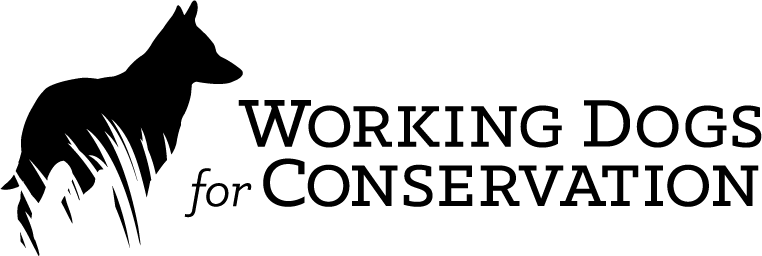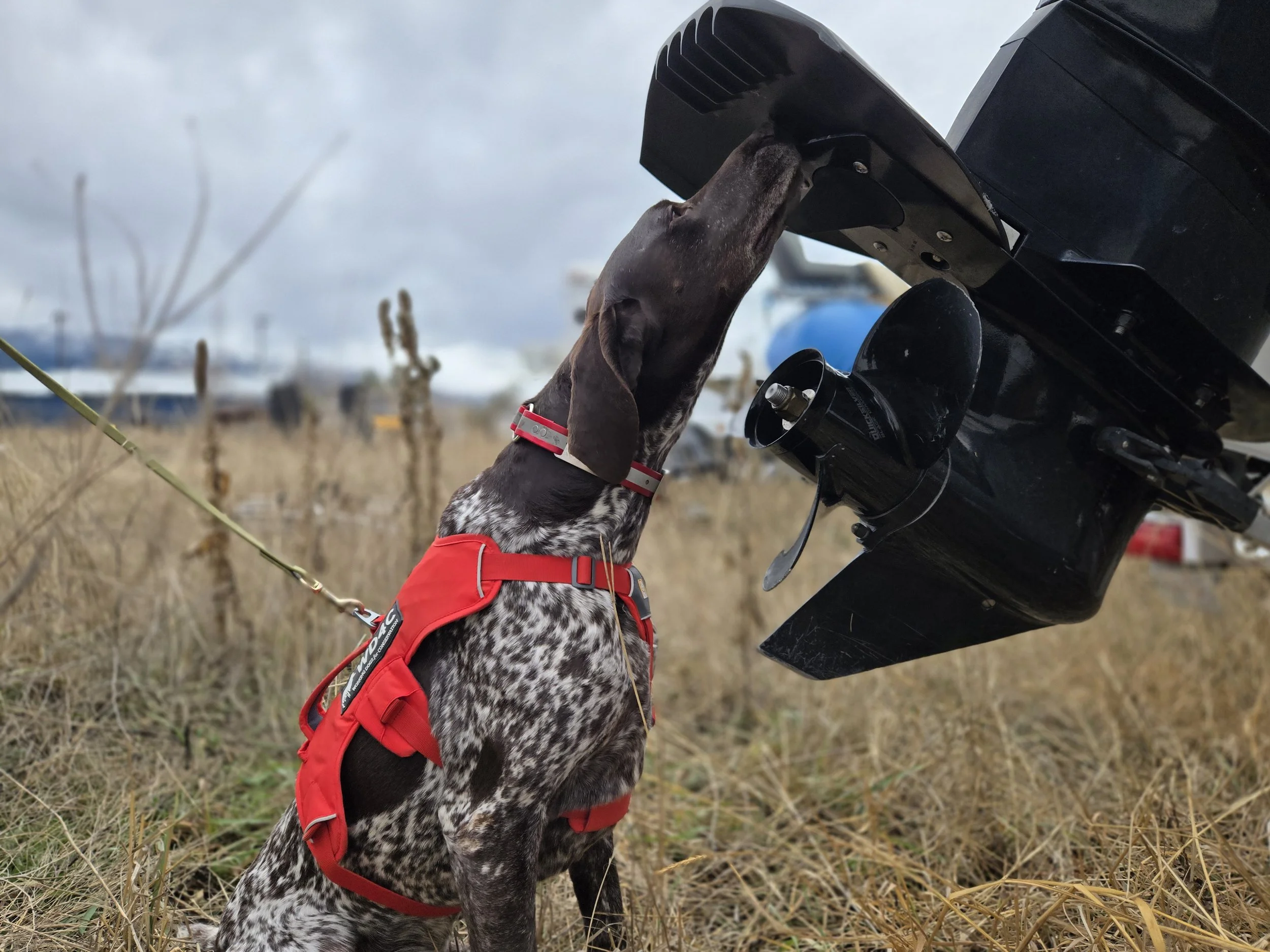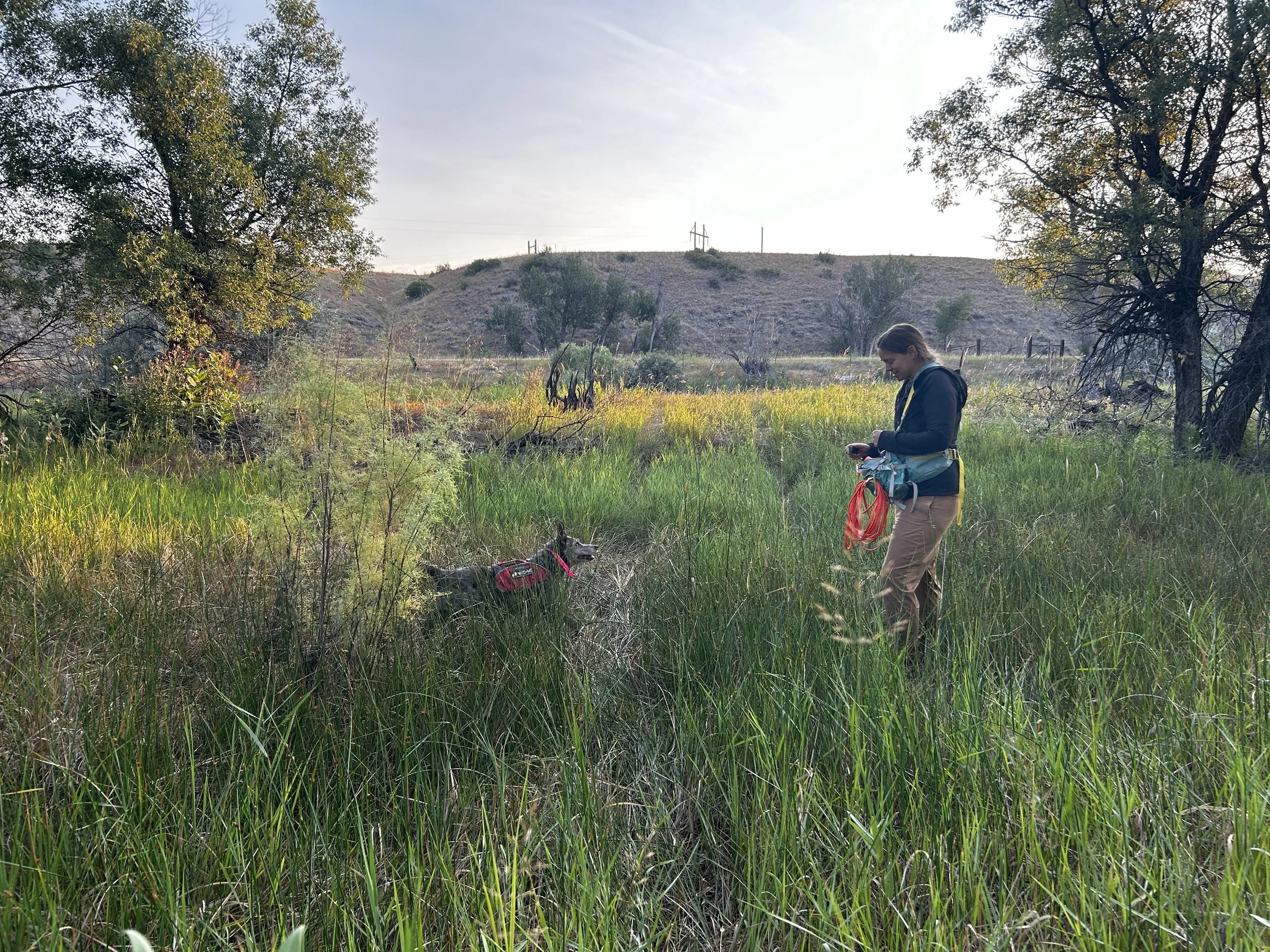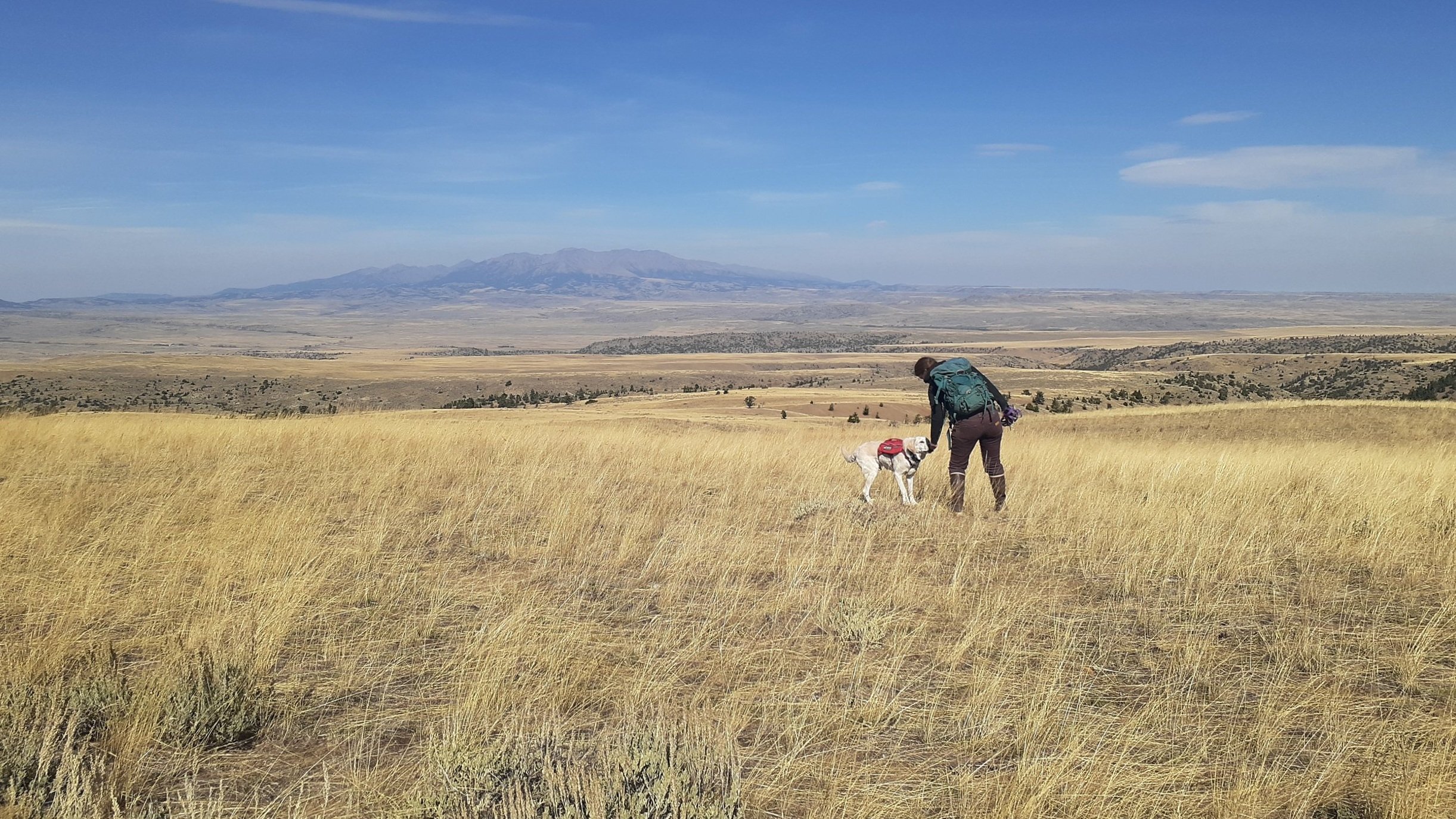
Biosecurity
Biological threats - whether invasive species of plants, animals and invertebrates, or diseases - have unlimited potential to self-replicate, making them especially costly and dangerous.
Dogs have a key role to play in biosecurity efforts whether through prevention, early detection, mapping infestations, or finding every last individual during eradication.
At every stage of prevention, management, and eradication of invasive species, dogs have an important role to play.
WD4C has trained dogs to find numerous invasive species including Chinese bush clover in Iowa, yellow star-thistle in Colorado, rosy wolfsnails in Hawaii, and brown tree snakes in Guam. Our dogs’ potential to find conservation targets is seemingly endless, and they have become an invaluable tool for protecting sensitive habitats and eradicating invasive species where they have taken hold.
WD4C has also demonstrated dogs' ability to discriminate the scat of disease-infected animals from uninfected individuals of the same species. K9-based monitoring is likely to be far less expensive and much faster than traditional methods for monitoring disease in free-ranging wildlife
BIOSECURITY PROJECTS
-
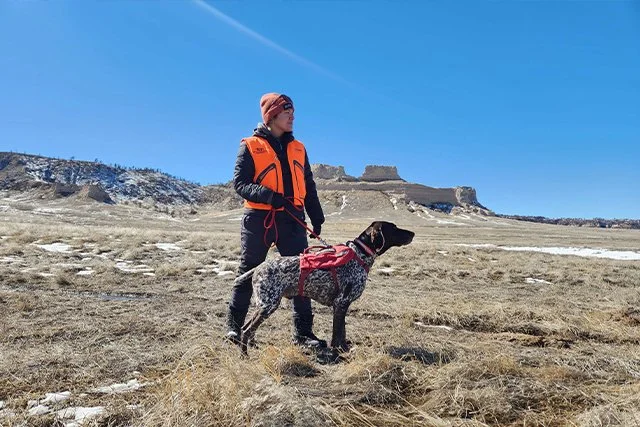
RAPID ASSESSMENT OF BIGHORN SHEEP FOR RESPIRATORY DISEASE
Use of detection dogs as a screening tool for Mycoplasma ovipneumoniae infection in bighorn sheep
-
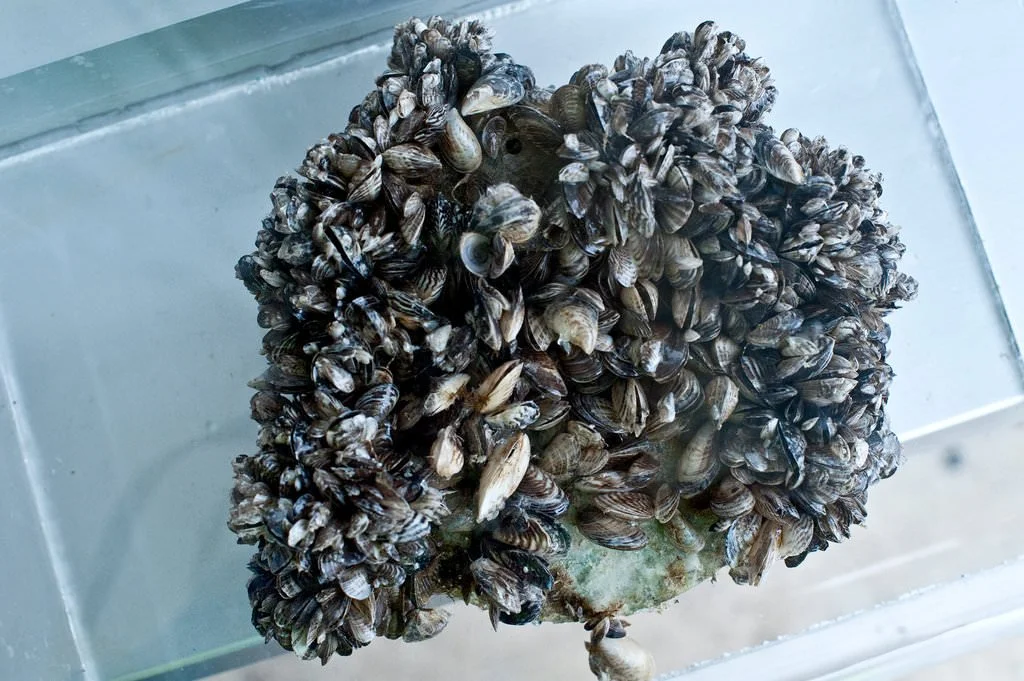
INVASIVE MUSSEL DETECTION WORK
When it comes to invasive species, an ounce of prevention can be worth five billion dollars of cure
-

EMERALD ASH BORER DETECTION FEASIBILITY PROJECT
How dogs can help find the invasive beetles that are devastating ash trees
-
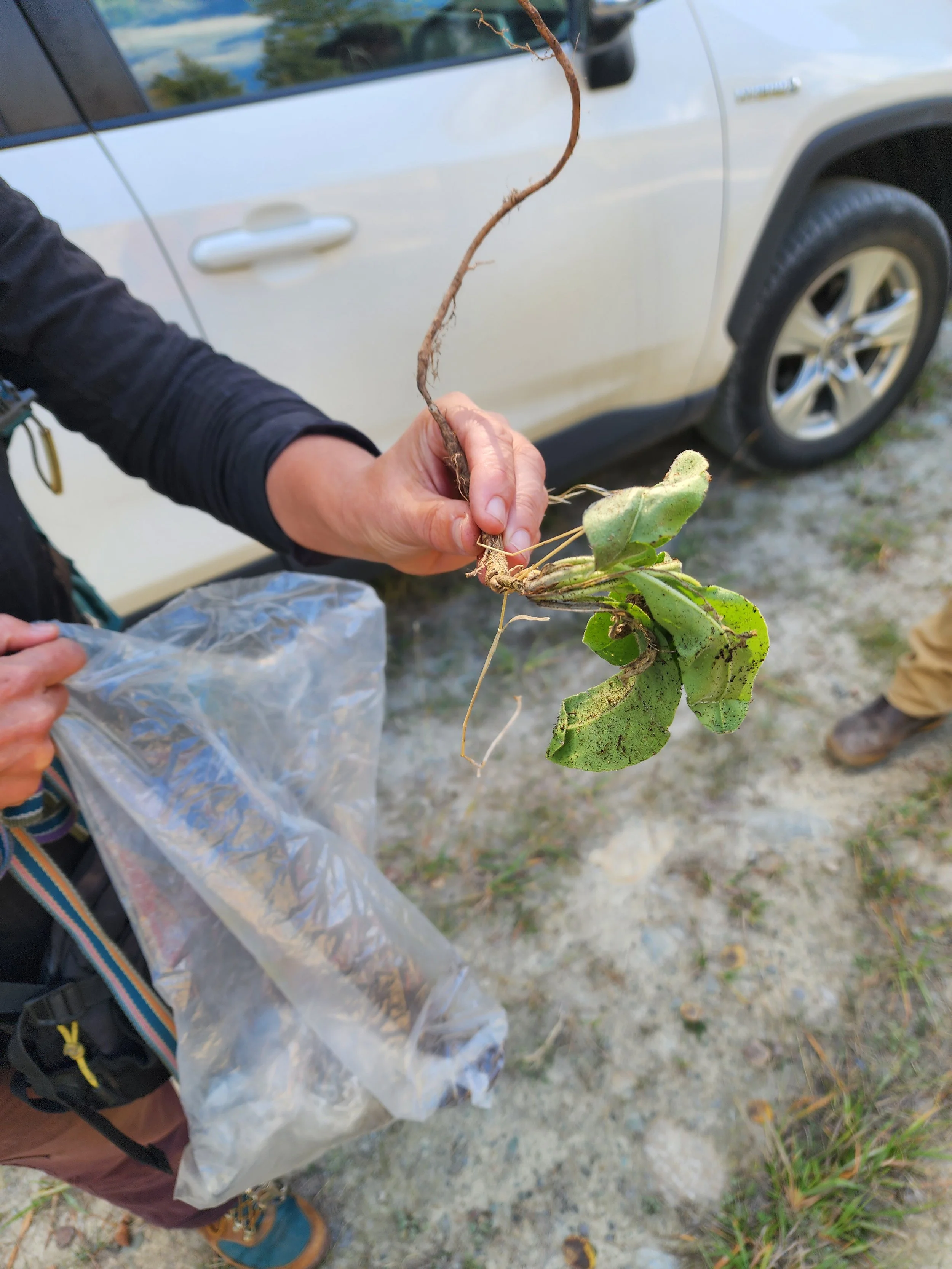
MONTANA’S DYER’S WOAD COOPERATIVE PROJECT
Early detection and rapid response is imperative to the successful control of Dyer’s woad in the state of Montana
-
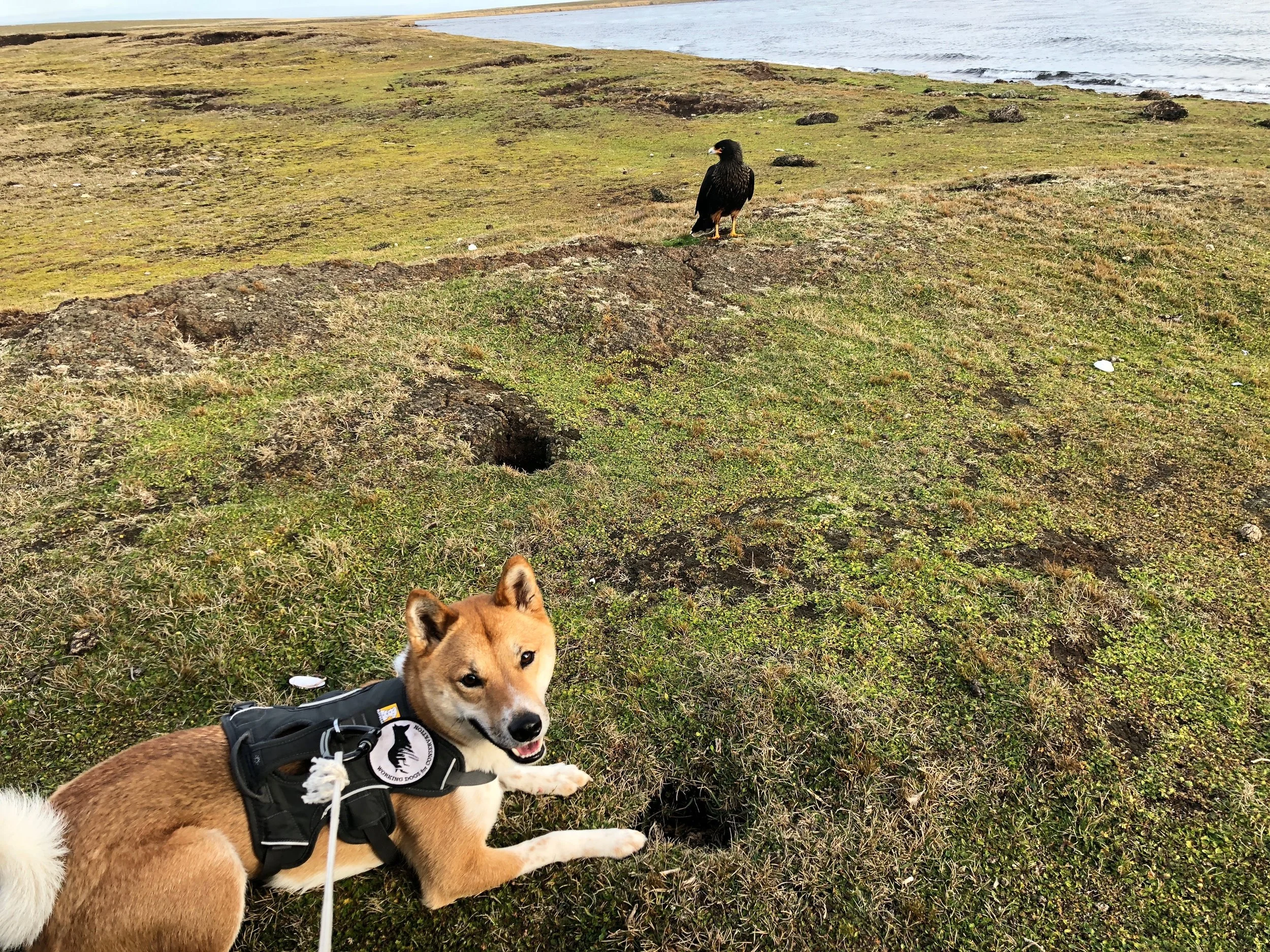
RODENT DETECTION FOR ISLAND BIOSECURITY
Detecting invasive rodents and burrows on the fragile island ecosystems of the Falkland Islands
OUR DOGS
Our dogs are fast, efficient, and effective in finding what they are tasked with, making them a vital partner in conservation work.
